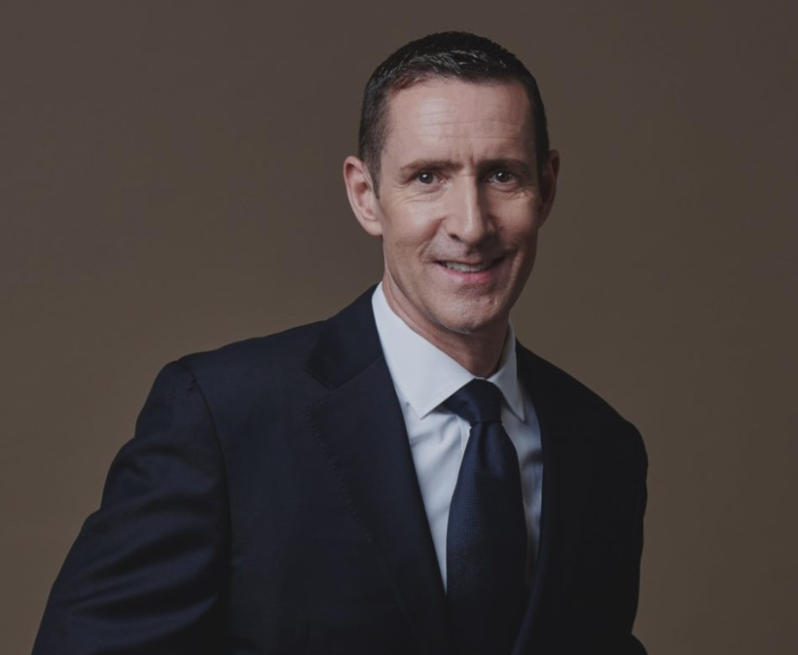After championing diversity, equity, and inclusion (DEI) for multinational corporations like LVMH, Disney, Hasbro and General Electric, DEI thought leader and author Greg Morley tells David Ho about the mission to create a sense of belonging at luxury companies, why it pays off, and the keys to belonging

Every Pride Month, there is an outpouring of rainbow-themed campaigns and collections from many companies. But there is growing cynicism that the celebration of DEI has become more of a corporate buzzword or a trendy cash grab, rather than a genuine celebration of humanity.
Still, there are many who continue to push hard for inclusion and connection to be fostered as a tangible, meaningful and everyday practice. Just ask Greg Morley, former global head of DEI at Moët Hennessy, a division of LVMH.
Morley has spearheaded DEI programs for LVMH and other multinational leaders like Disney, Hasbro and General Electric. He recently published a book, Bond: Belonging and the Keys to Inclusion and Connection, to discuss stories and strategies that champion what he terms “a culture of connection.” The book also features exclusive insights from culture experts like Harland Chun, Lisa Lam, Tracy Spears, and Donna M. Wilson.
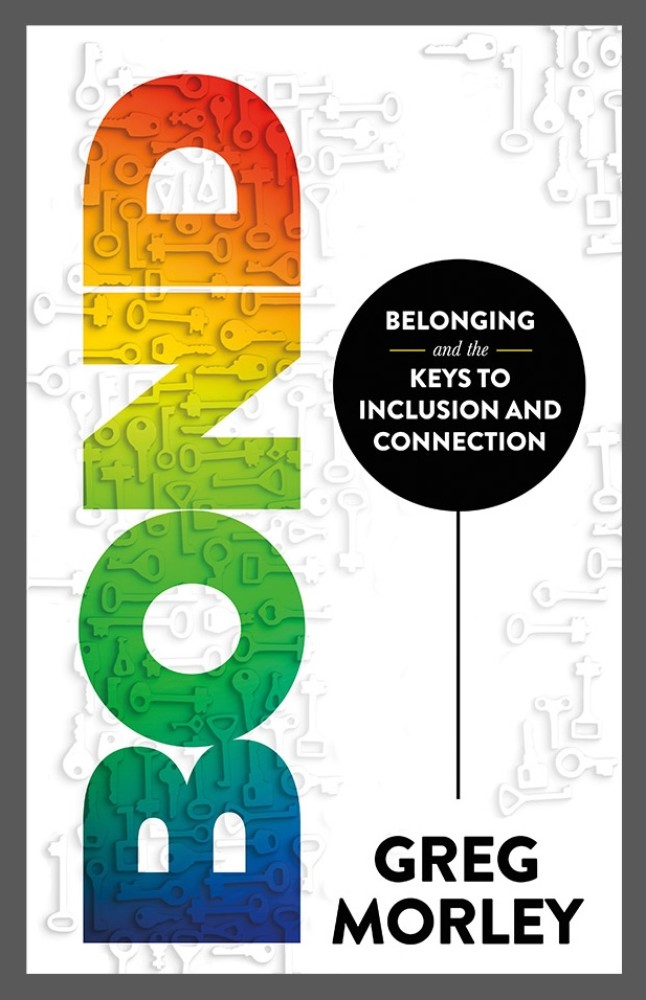
In your view, how have luxury companies fared when it comes to fostering inclusion and connection?
Generally, I believe most of the large luxury houses have taken a slower, wait and see approach. Compared with other industries such as global banking, hospitality and technology, luxury companies have traditionally taken a more conservative approach. Progress has been greatly influenced by the culture and social development of the geographies where these companies operate, for example more progress over time in the west, specifically North America and Oceania, measured in Europe and somewhat slower in the rest of the world, with some notable exceptions like Taiwan and more recently Thailand.
Why do you think that is?
Having been a member of senior management teams in Asia Pacific, Europe and the US, there has been a strong direction of protecting and promoting the equity of these incredible iconic maisons. What I see brands understanding better and better is business from the customer and consumer perspective, which has opened the doors to a more progressive and inclusive approach to development of the brands and recruitment of wider consumer bases.
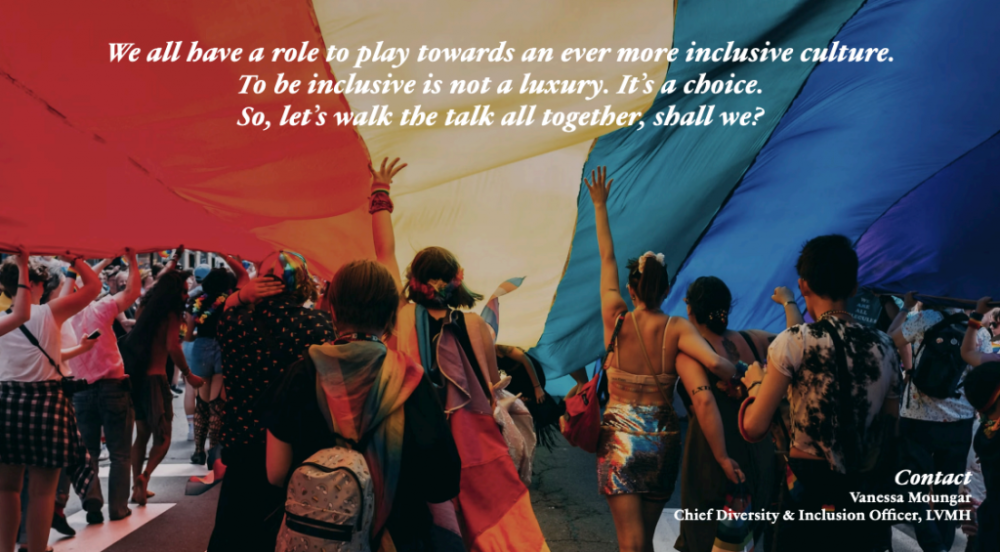
Photo: LVMH
How do these efforts pay off, especially for companies in the luxury sector?
Data speaks for itself. Diverse companies are 20 percent more creative and 30 percent less risk averse than their peers with less diverse teams. Inclusive companies perform twice as well as non-inclusive companies in financial performance and even more positively when it comes to innovation, agility and achieving business outcomes. It matters that organisations have teams and leadership who reflect the customer and consumer. Organisations diverse in gender, experience, cultural background, generational and sexual orientation and gender expression just perform better and luxury companies have learned that by studying the consumer and meeting their desires, without compromising the sense of luxury and desirability of the brands these maisons represent.
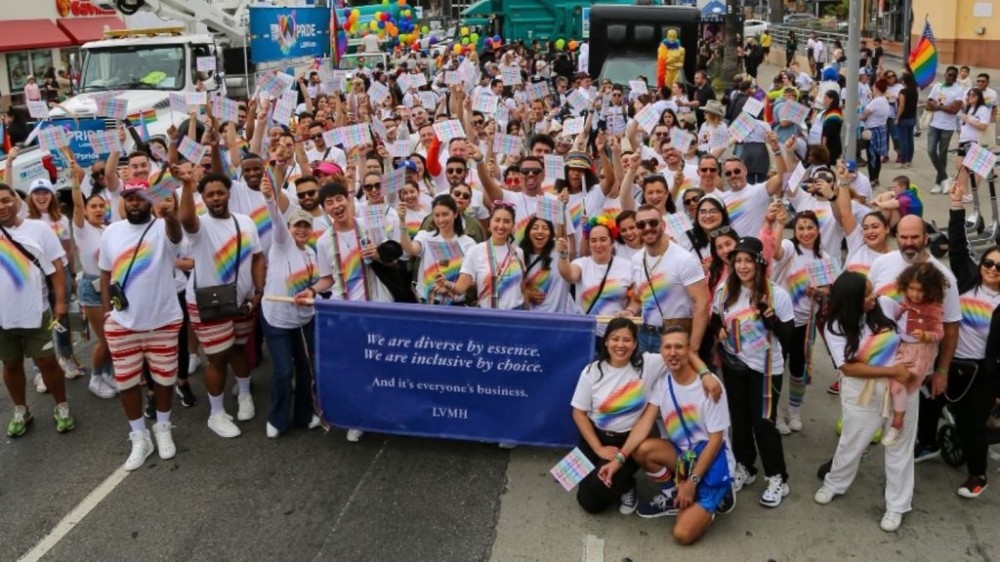
What are the main keys to building the bond and sense of belonging you speak of in your book?
Through my own experience and by interviewing other senior leaders across the globe, I discovered several key factors in creating an inclusive culture and one that nurtures a sense of belonging. These include visible and action-oriented advocacy from the most senior management, most notably the CEO. Organisations that create the sense of belonging also have strong activity across team levels, where real responsibility is delegated from senior managers to more junior team members.
Belonging is also strong where teams are encouraged to self-reflect and take ownership of their own advocacy of others, finding common ground and working from there. Finally, empathetic and hopeful leaders and teams are key to fostering inclusion and belonging.

Could you please share some of the stellar and extraordinary ways that you’ve seen a culture of connection being implemented?
I am particularly proud of the work done across Moet Hennessy, the luxury Wines and Spirits division of LVMH. As the first global head of DEI, the opinions that were surfaced on how to effectively launch these efforts and more so, how to build a more DEI-oriented organisation were varied, often passionate and always partially correct. The approach the company took was to create a global framework focused on redefining policy, communication, measurement, establishing employee resource groups and engaging with external partners.
Once the global system started to be more inclusive, then the specific areas of focus by culture and geography in terms of progress needed, such as representation of women, LGBTQ+, generations, etc., could be driven by those teams across the globe. That mattered. Those teams took ownership of their own issues and the issues they were owning were personally and business relevant to them. It has meant a much stronger cultural change and led to real business impact.
In a time where ‘quiet quitting’, ‘act your wage’, and ‘lying flat’ are trending, how do you cut across the cynicism that surrounds corporate efforts at inclusion, especially with younger audiences?
Let’s be honest, the cynicism is well deserved. What I learned in researching and writing my book Bond: Belonging and the Keys to Inclusion and Connection, there are some determinant factors that drive real inclusion and belonging: leaders need to be visible and active; companies are willing to delegate real responsibility; investment in development is delivered to employees at all levels; and the organisations develop truly empathetic and hopeful cultures.
What are the biggest challenges you are seeing in building a sense of connection today?
Culture change takes time. Business cycles are short term. Organisations in which there is a vision for positive change and a business case for becoming more inclusive and where people are more connected thrive. The work can he hard, resilience is key, the payoff is significant.
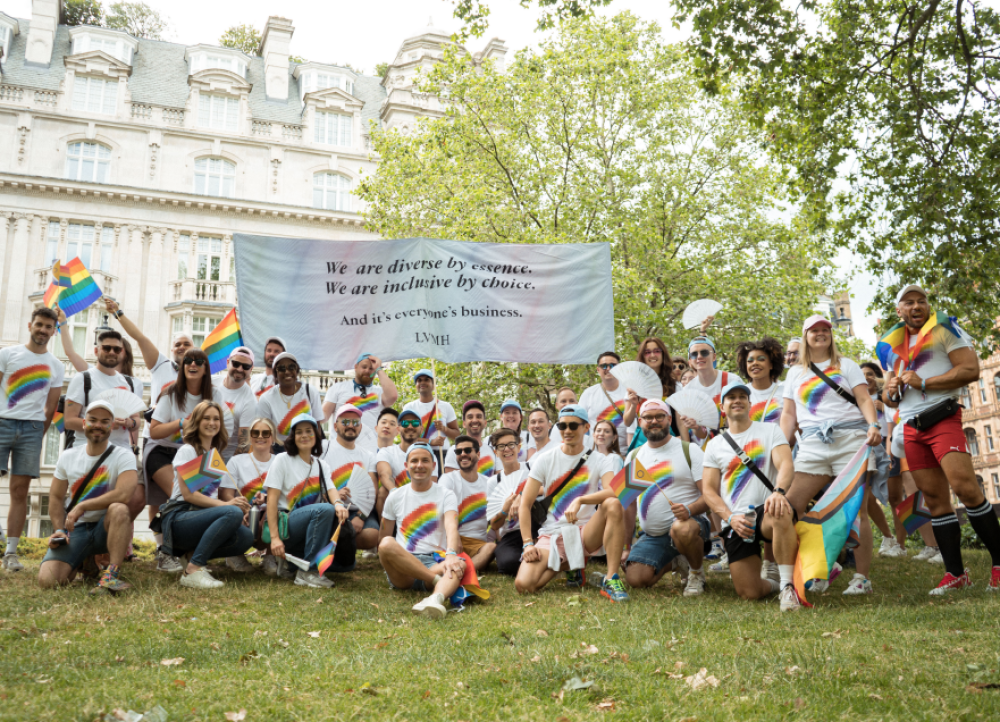
Be it Pride Month, heritage celebrations or other events, how can luxury companies continue to find fresh ways to celebrate diversity?
I am huge advocate of storytelling. I may have learned this during my time at Disney and Hasbro. Storytelling brings celebration to life. When organisations provide platforms for employees or members of the community and customers to tell their stories, recognition and inclusion come to life. As an example, a recent Google and Ipsos survey identified that 71 percent of LGBTQ+ consumers are likely to interact with an online ad where they see themselves represented. When a consumer or employee sees themselves in the story of the organization, engagement and belonging follow.
Where can we get your book?
Bond: Belonging and the Keys to Inclusion and Connection is available in print or by download on Amazon or at Bookazine in Hong Kong and other retailers globally.
Also see: Pride Month: Hot spots in Asia for the LGBTQIA+ community and allies


